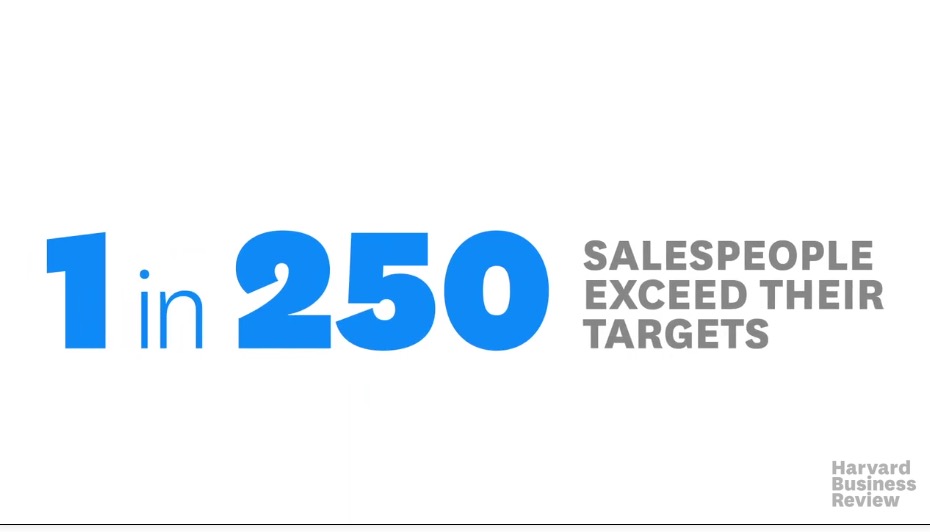Debunking Five Myths About Infrastructure Debt
by Gerry Jennings, Global Head, Infrastructure, AllianceBernstein
Opportunities are opening up for infrastructure funding, but some aspects of the asset class remain poorly understood. We address some of the key misconceptions.
The global financial crisis has fundamentally changed the way infrastructure projects are funded. Governments have less to spend, while new regulatory constraints have curbed bank lending. This is creating opportunities for institutional investors to fill the funding gap by extending privately originated loans direct to infrastructure borrowers.
However, investors still carry misconceptions about the characteristics and depth of the infrastructure lending market. Here’s our perspective on five of the most common myths:
1: It’s a new (and untested) asset class. Institutional investors’ intense interest in infrastructure debt appears to be relatively new, but there’s been private participation in the asset class for some time— mainly in the equity part of the capital structure. Western Europe has a particularly long and well-established legacy of private investment in infrastructure. This is likely to help inspire confidence among investors considering making the move into infrastructure debt.
2: Infrastructure debt investments tie up money for a long time. Misconceptions about infrastructure debt time horizons date back to the days when bank-led project finance dominated infrastructure lending. Investing was a very long-term proposition, with assets being valued based on 30-year-plus cash-flow models.
Today is different. Extending privately originated loans to new “greenfield” projects that aren’t yet built can imply long time frames—sometimes 30 years or more. But lending to existing “brownfield” assets that need to be improved, repaired or expanded demands much less patience. These assets are up and running and already generating revenues, so they can deliver cash yields immediately. Investing in brownfield projects can also reduce exposure to the risks of cost overruns and delays that can blight greenfield projects.
3: It won’t hold up when interest rates move higher. Infrastructure debt has attracted more attention in the “lower for longer” interest-rate backdrop that’s prevailed since the global financial crisis. Loans offer an attractive yield pickup over ultra-low government bond yields. The stable and predictable nature of infrastructure debt cash flows can also provide welcome diversification from the volatility of higher-yielding corporate bonds.
But this doesn’t suggest that infrastructure debt won’t hold up as interest-rate cycles turn upward and inflationary pressures resurface. Since infrastructure loans can be floating rate, they may offer a good hedge against rising interest rates and higher inflation.
4: Chasing higher yields will bring higher rewards. Even a cursory look at infrastructure debt shows a wide range of underlying activities—and a broad risk/return spectrum. Higher yields come with greater risk, so it takes effective research to sort through a diverse asset class encompassing hospitals, prisons, service stations and airports.
Core economic infrastructure assets share several key attributes. They’re long-life physical assets that support economic growth by delivering essential services and facilities that are difficult to replicate or replace. High barriers to entry for competitors generally give asset providers monopolies or near-monopolies. As a result, assets tend to offer secure long-term revenue streams regulated either by authorities or long-term concession agreements.
There are potential hazards in straying too far from core assets and succumbing to “infrastructure drift.” These risks are illustrated by the recent debate about the UK government’s decision to guarantee a scheme to install more energy-efficient lighting in 150 car parks. Is this kind of project really delivering essential infrastructure viable over many years?
Investing in assets that lack core infrastructure characteristics may bring higher yields into range, but investors might also fail to secure the predictable cash flows that attracted them to the asset class in the first place.
5: There aren’t enough investable opportunities. The world’s ageing infrastructures are starting to crumble, but funding is scarce. It’s estimated that there’ll be an annual gap of about US$500 billion between investment needs and available public funds until 2030.
This massive shortfall means big opportunities for long-term investors in the debt part of infrastructure projects. Debt funding is the biggest part of infrastructure projects—around 65%–90%. And because debt maturities are often shorter than the lifespan of the underlying assets, individual projects will generally require several rounds of refinancing over their useful lives. Much of the basic utility infrastructure in developed Europe (like water and power facilities) is around 100 years old, and much of its transport infrastructure (roads, rail and airports) is nearly as old.
When private capital starts to assume a greater role in the infrastructure debt asset class, the turnover of assets looks set to increase—and this should broaden the investable universe still further.
The views expressed herein do not constitute research, investment advice or trade recommendations and do not necessarily represent the views of all AB portfolio-management teams. AllianceBernstein Limited is authorised and regulated by the Financial Conduct Authority in the United Kingdom.
Global Head—Infrastructure

Gerry Jennings joined Alliance Bernstein in February 2014 as Global Head of Infrastructure, responsible for establishing the infrastructure debt platform within the firm. His responsibilities include sourcing, originating, executing and managing a portfolio of private economic infrastructure debt assets across the UK and Europe, including regulated utilities; water; gas and electricity transmission and distribution; transportation; communication and broadcast towers; and infrastructure-service assets. Jennings also manages sponsor relationships with global infrastructure equity firms, international banks and major debt advisory firms. He previously worked at AMP Capital Investors, where he was one of the founding principals in the infrastructure debt funds business and a member of the investment committee. Prior to that, Jennings served as a senior manager in private equity at Ahli United Bank and, before that, as director of leveraged finance at Mizuho Corporate Bank. He began his career at HSBC. Jennings holds an MBA and Diploma in Management from Henley Management College, as well as a Certified Diploma in Accounting and Finance from ACCA. Location: London
Copyright © AllianceBernstein













